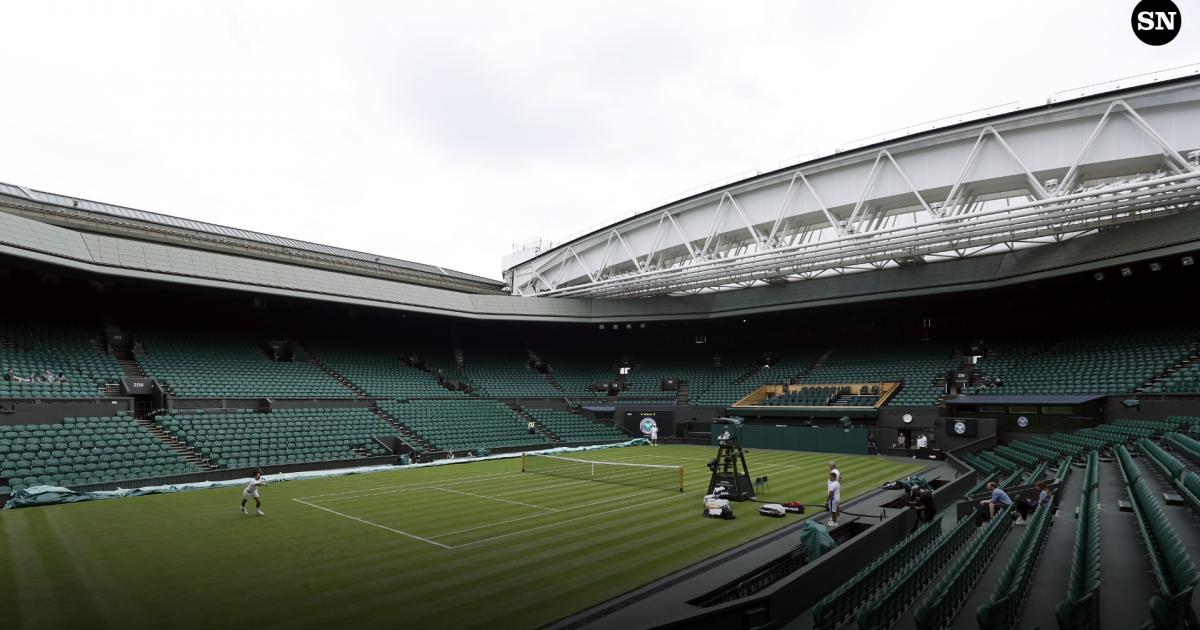
Tennis fans may still be getting to grips with the rule changes on final set tie-breaks and the French Open is sure to deliver plenty of nail-biting moments when it comes to deciding the winner of a match.
Tennis organisers announced a new rule to be followed by all four grand slams last year — the Australian Open, the French Open, Wimbledon and the US Open — to reduce the chance of matches being played for hours upon hours.
The Sporting News is on hand to explain exactly how the tie-break works in tennis so that next time it happens in a final set at this year’s French Open you’ll know exactly what’s going on.
MORE: Who is the current men’s world No.1? | Who is the current women’s world number one?
What are the final set tie-break rules in tennis?
Previously, final sets at grand slam events have gone on until one player wins by two clear games and unsurprisingly that’s led to some very late finishes that have wrecked havoc with players’ schedules, let alone their fatigue levels.
However, new rules introduced in 2022 and first trialled at the French Open, now sees a 10-point tie break to decide all final sets that reach six games all.
This is what happened in Andy Murray’s epic opening round win against Matteo Berrettini at the 2023 Australian Open. Having both won two sets each and tied 6-6 in games in the third, it was a race to 10 (or two clear points after that stage) as the Scot triumphed 10-6 to win the match.
The Grand Slam Board announced in March 2022: “On behalf of the Australian Open, Roland-Garros, Wimbledon and the US Open, the Grand Slam Board are pleased to announce the joint decision to play a 10-point tie-break at all Grand Slams, to be played when the score reaches six games all in the final set.
“Further to extensive consultation with the WTA, ATP, ITF and tennis officiating community, the Grand Slam Board’s decision is based on a strong desire to create greater consistency in the rules of the game at the Grand Slams, and thus enhance the experience for the players and fans alike.
“This trial, which has been approved by the Rules of Tennis Committee governed by the ITF, will apply to all Grand Slams across Qualifying, Men’s singles and doubles, Women’s singles and doubles, Wheelchair and Junior events in singles
“Under this trial, if the score reaches six games all in the final set, the match winner(s) will be the first player(s) to win 10 points with an advantage of two or more points.
“The Grand Slam Board plan to review the trial during the course of a full Grand Slam year, in consultation with the WTA, ATP and ITF, before applying for any permanent rule change.”
MORE: Is Venus Williams retiring?
What is the longest tennis match in grand slam history?
American John Isner’s epic Wimbledon triumph over Nicolas Mahut, which he won 70-68 in the final set in 2010, remains the longest.
The historic match started at 6:13 p.m. on June 22, 2010, but was suspended at 9:07 p.m. due to fading light with the fifth set about to begin. The score was tied at 6-4, 3-6, 6-7 (7), 7-6 (3).
Play resumed at 2:05 p.m. the following day, with the record for the longest match broken at 5.45pm that night. Isner and Mahut were just getting started.
Fading light defeated them once again at 9:09 p.m. and they resumed at 3:40 p.m. on June 24 to slog their way towards a conclusion.
Isner ultimately won 6-4, 3-6, 6-7 (7), 7-6 (3), 70-68 at 4:47pm on the third day of the match, stopping the clock at 11 hours and five minutes.






